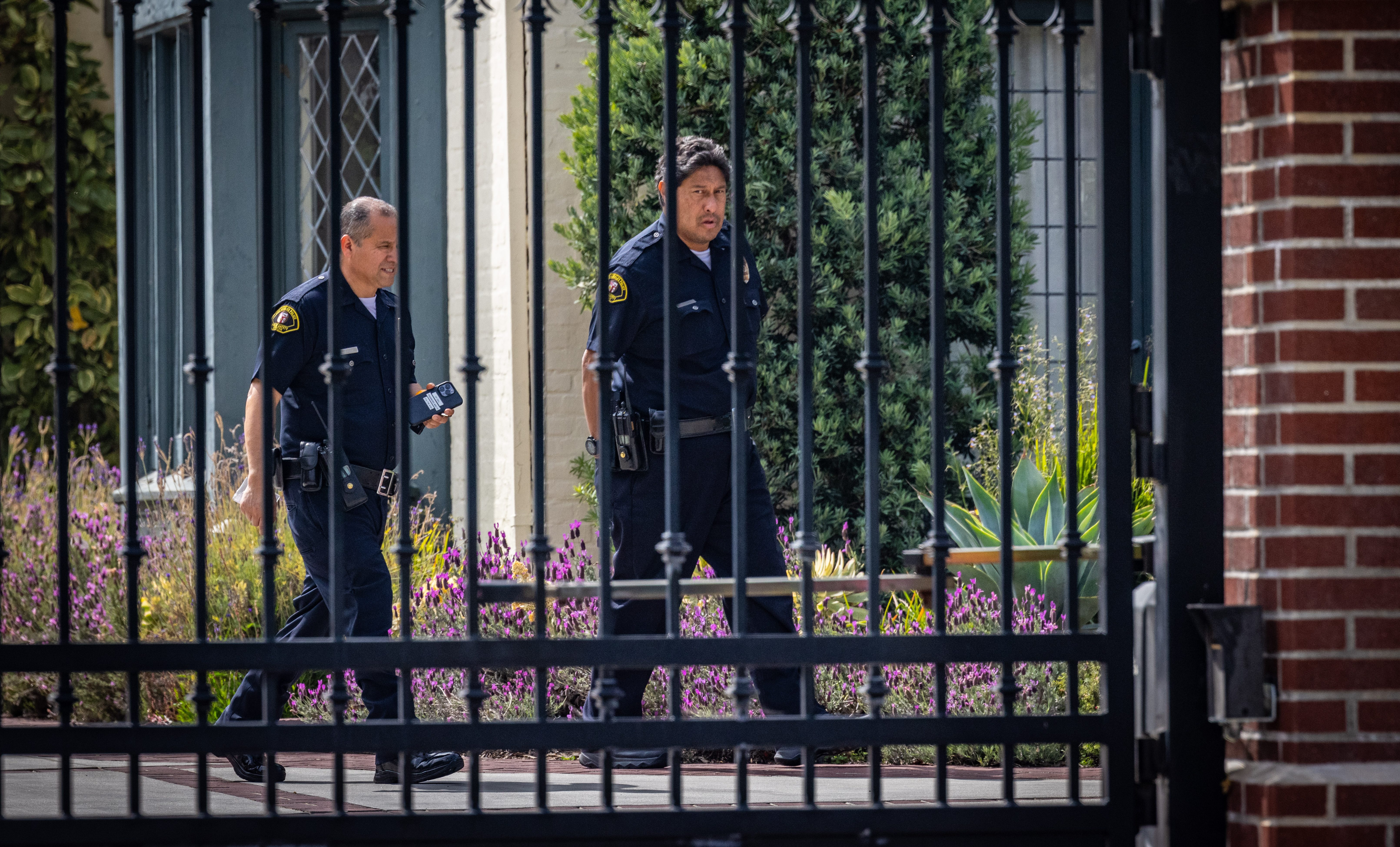The Federal Aviation Administration is calling for repeated inspections on the types of fan blades that came apart in the engine that failed on a Southwest Airlines plane, killing a mother of two.
It is the newest development since that emergency landing of Southwest Airlines Flight 1380 on April 17, 2018.
A previous Airworthiness Directive called for ultrasonic inspections on certain engines following a certain amount of cycles — that is basically the time between takeoff and landing and shutting off the engine.
The most recent AD, effective May 14, 2018, says in part:
"We are adopting a new airworthiness directive (AD) for all CFM International S.A. (CFM) Model CFM56-7B engines. This AD requires initial and repetitive inspections of the concave and convex sides of the fan blade dovetail to detect cracking and replacement of any blades found cracked. This AD was prompted by a recent engine failure due to a fractured fan blade, that resulted in the engine inlet cowl disintegrating and debris penetrating the fuselage, causing a loss of pressurization, and prompting an emergency descent. We are issuing this AD to address the unsafe condition on these products."
" ... This condition, if not addressed, could result in fan blade failure due to cracking, which could lead to in an engine in-flight shutdown (IFSD) uncontained release of debris, damage to the airplane, and possible airplane decompression ...", the FAA noted.
The AD says, " ... we evaluated all the relevant information and determined the unsafe condition described previously is likely to exist or develop in other products of the same type design ...".
The National Transportation Safety Board has also released an update on the investigation. The update explains a fan blade suffered metal fatigue, separated from its root, and caused significant damage, including blowing out a window.
Flight attendants onboard the flight heard a loud sound and experienced vibrations, and oxygen masks deployed automatically, according to the NTSB update. The captain took over controls from the co-pilot and when learning about the injuries on board, she expedited the plane's landing, the update says.
One passenger, Jennifer Riordan, 43, was pulled out of the plane's busted window and later died.
NTSB investigators looked at Southwest maintenance records and found the fan blades in the engine were last overhauled in November 2012 by sight or using a florescent dye to look for surface defects.
The Boeing 737 engines are made by CFM International, jointly owned by General Electric Co. and the French company, Safran SA. CFM first recommended more inspections using ultrasound and electrical currents after an engine broke apart on another Southwest plane in 2016. No one was injured in that incident.
Following the recent FAA airworthiness directive published on May 2, 2018, CFM says in a statement:
News
Top news of the day
"The Airworthiness Directive that the U.S. Federal Aviation Authority published today is a follow-on Airworthiness Directive from the emergency AD the FAA published on April 20. Today's FAA AD fully adopts the inspections recommended in CFM's Service Bulletin issued on April 20, which EASA formerly adopted through issuance of its emergency AD on that same day. Today's FAA AD mandates the ultrasonic inspection and eddy current inspection of all CFM56-7B fan blades that have accumulated more than 20,000 cycles, as outlined in the CFM Service Bulletin. These inspections are to be completed by August 31, 2018. The AD also mandates that airlines continue to perform these inspections every 3,000 cycles (1.5 to 2 years of operation). In addition, airlines are required to perform the inspections on fan blades as they reach the 20,000 cycle threshold, with the continued repetitive 3,000 cycle inspections."
The FAA estimates some 3,716 engines installed on planes of various airlines are affected by this new airworthiness directive. If a fan blade fails an inspection it must be replaced.
A Southwest spokeswoman said the company is on track to complete an inspection of all CFM56-7B fan blades by mid-May, well ahead of the FAA deadline.
"We already have a program in place that satisfies the repetitive inspection requirements. We have not found any cracked fan blades," she said.



